Closing the Nuclear Cycle: Russian Generation IV Reactor BREST-OD-300
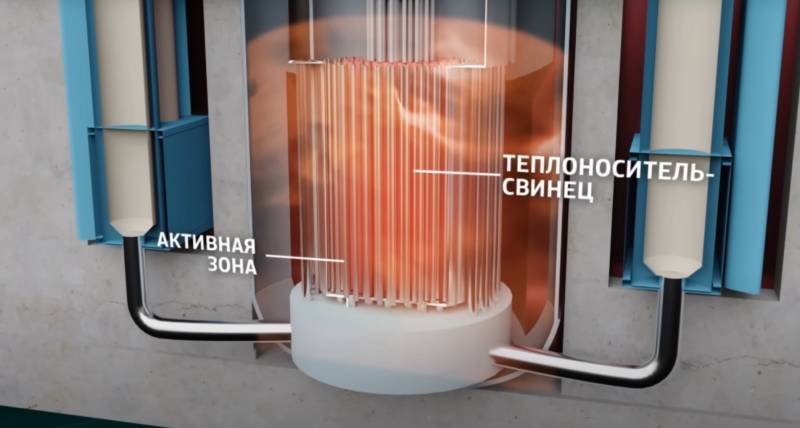
Reactor BREST-OD-300. Source: youtube.com
Reactor with "depleted uranium"
The ever-growing volumes of spent nuclear fuel are forcing huge territories to be alienated for its disposal. At least 350 thousand tons of radioactive materials have accumulated on Earth at the moment. Powers that have nuclear power plants are trying to find at least some use for dangerous substances. Recently, there has been talk of munitions stuffed with depleted uranium produced from spent fuel. The shells are nice, but they are rarely used for their intended purpose. Therefore, they are not suitable as the main utilizer of nuclear fuel.
Why do we need a fast neutron reactor at all? What is wrong with the traditional method based on artificially moderated neutrons?
First of all, it's about fuel. A classic nuclear power plant, such as Turkey's Akkuyu, which Russia is currently building for Turkey, consumes the uranium-235 isotope as fuel. There is not much of it in uranium ore, it is expensive, and the reserves should run out in a hundred years.
Fast neutron reactors "feed" on uranium-238 isotopes. It would seem that the difference is only three units, but there is a real abyss between these isotopes. 99 percent of all uranium in the ore is the same 238th isotope. That is, there is a lot of it, and it is relatively cheap. And it is suitable only for nuclear power plants on fast neutrons.
The main bonus of all stories – uranium-238 is generated as spent fuel in classical slow neutron reactors.
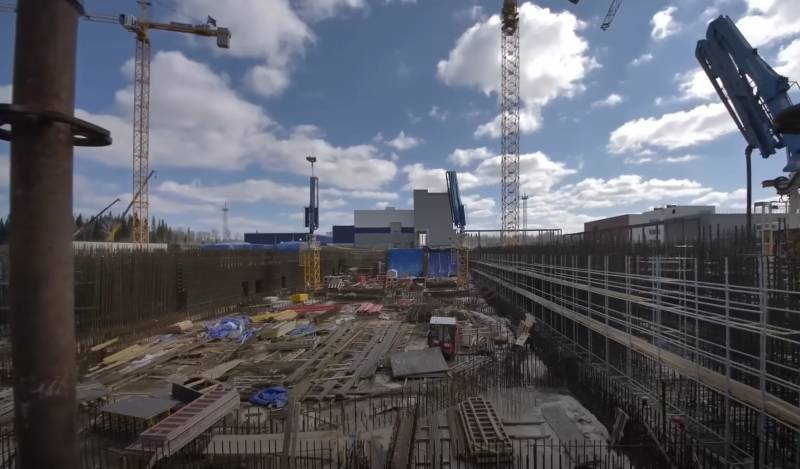
Site in Seversk, where BREST-OD-300 is being built. Source: youtube.com
Let's return to the Turkish Akkuyu, which has not yet been completed, but has already received the first batch of uranium pellets from Novosibirsk.
As soon as the nuclear power plant is launched, and in a couple of years spent fuel appears, it will be taken away by Russian nuclear scientists to be used in fast neutron reactors. Such is the cycle of uranium in nature.
But that's not all.
As soon as uranium-238 is launched into a fast neutron reactor, it not only releases heat during a nuclear reaction, but also generates a new isotope - plutonium-239. It turns out already a new mixed and universal fuel, called "MOX fuel". This is a good product - the Japanese and Europeans buy it for their nuclear power plants on slow or thermal neutrons.
To summarize the introduction, classical nuclear power plants produce a lot of waste with a high proportion of uranium-235, which is used in fast breeder reactors. "Fast" reactors, in turn, leave practically ready "MOX fuel" after operation. These wastes can be sent back to conventional nuclear power plants. The cycle closes and the need for “greening” the global energy industry automatically disappears.
Learn to use the peaceful atom correctly, and you will not need capricious windmills, solar panels, or other frills. In the hands of civilization is now an endless fuel base, which will last for several millennia. In this scenario, even semi-mythical thermonuclear fusion seems superfluous.
Everything is fine in this story, but only Russia has priority technologies in the field of waste-free nuclear energy. And our former partners in the West do not like this very much.
At one time, they were actively engaged in "fast neutron" technologies abroad, but due to the high cost and apparent unprofitability, all projects were closed. In the US, the EBR-II reactor stopped in 1994, in the UK the DFR was stopped back in 1977, and the French Superphenix was shut down in 1998.
Russia continued to work with fast neutron reactors, the only one in the world. This should be remembered by everyone who keeps talking about the oil and gas needle, which our country supposedly finally and irrevocably sat down on.
Project "Breakthrough"
Theoretically, it is not difficult to turn an ordinary slow-neutron reactor into a "fast" one - for this it is enough to replace the water in the core with another substance. The fact is that water, water vapor, some organic substances and carbon dioxide well trap and slow down neutrons, thereby stopping the development of a nuclear reaction.
If the customer wants a device based on fast neutrons, then low-melting metals, such as sodium, will have to be loaded into the hot zone of the reactor as a coolant. It is the molten sodium that transfers heat from the uranium rods to the steam generator in the Russian BN-800 fast neutron reactor. It was launched in 2015 at the Beloyarsk NPP, and now it is the only unit of its kind in the world - classic slow-neutron reactors rule the world.
Perhaps the main disadvantage of the BN-800 is a controversial coolant. Anyone who is familiar with a school chemistry course probably knows that sodium is very active and ready to flare up in air, not to mention contact with water. There are enough complications with the sodium thermal jacket. For example, it is necessary to reload fuel from a reactor in vacuum chambers.
Nevertheless, the problems are solvable, otherwise Rosatom would not have built a second, even more powerful fast reactor BN-1200. Its launch is planned for the 2030s with an estimated service life of up to 2090.
But the BN series no longer belongs to the Russian technological mainstream - the technology of heat transfer using liquid lead is now in the foreground. It is around this that the Proryv project revolves, the key element of which is the experimental reactor BREST-OD-300 (Natural Safety Lead-Cooled Fast Reactor).
The idea of building a fast neutron reactor with lead in the primary circuit was born in the early 80s, but it only reached practical implementation in 2021. BREST is being built in the city of Seversk in the Tomsk region and they promise to put it into trial operation by the end of the decade.
It is not so easy to come and see the construction of a unique reactor: Seversk is a closed city, entirely occupied with nuclear production and research. The site was chosen by the Siberian Chemical Combine, one of the key fuel producers for Rosatom.
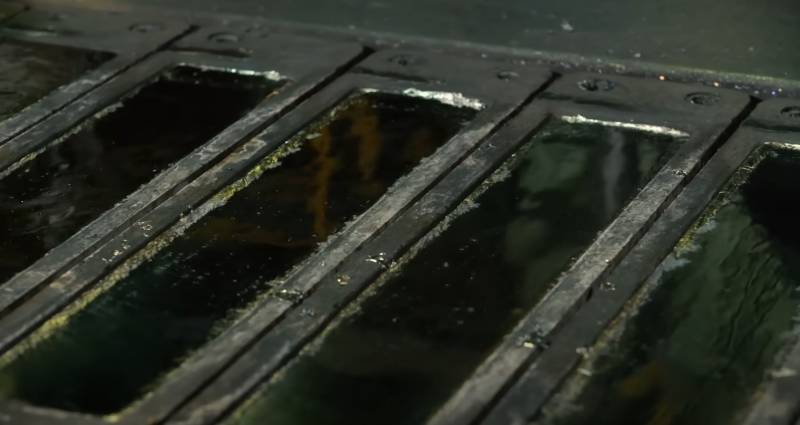
Lead has never been used as a coolant in nuclear reactors. Source: youtube.com
Lead for nuclear scientists is a unique coolant. In air and on contact with water, it does not ignite, but only solidifies. Weakly absorbs and does not slow down neutrons, and ionizing radiation, on the contrary, delays very well. As a result, BREST and others like it will emit radiation hardly more than a domestic refrigerator.
A natural question is why BREST-OD-300 is classified as a generation IV reactor? Other than lead, is it essentially no different from the previous generation of fast neutron reactors?
IV generation of nuclear reactors implies a whole range of parameters, among which safety, environmental friendliness and the cost of electricity at the output are in the foreground.
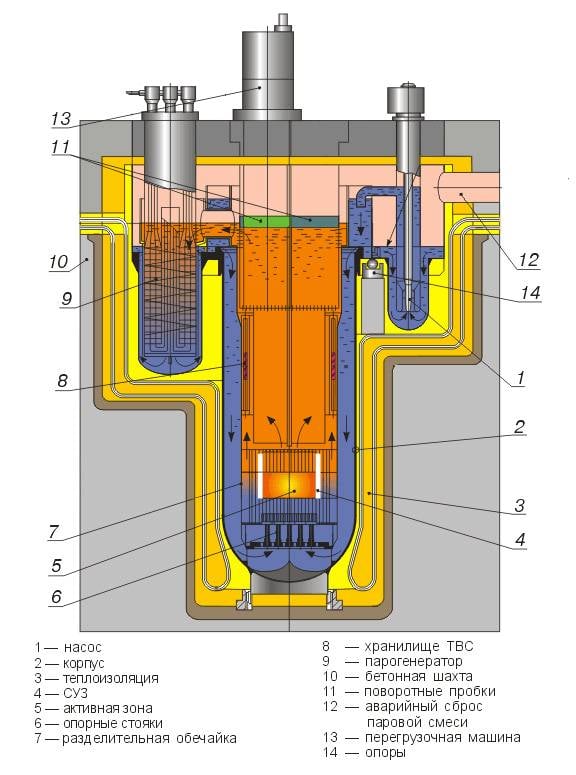
BREST-OD-300. Source: ippe.ru
BREST is famous for a number of non-trivial solutions.
First of all, it is expensive and difficult to manufacture nuclear fuel. Its official name is mixed nitride uranium-plutonium fuel or MNUP-fuel, manufactured near the standing reactor in the shops of the Siberian Chemical Combine. One fact speaks eloquently about the complexity of the new product - it is made in an inert gas atmosphere.
SNP-fuel is very safe due to minimal reactivity. If it is quite simple, then it is impossible to disperse it to catastrophic limits, as happened in Chernobyl. According to Rosatom, the Breakthrough project in Seversk should become
In theory, BREST will provide itself with plutonium-239 as the main fuel component, simply by burning out the "mining" from other reactors, consisting of uranium-238.
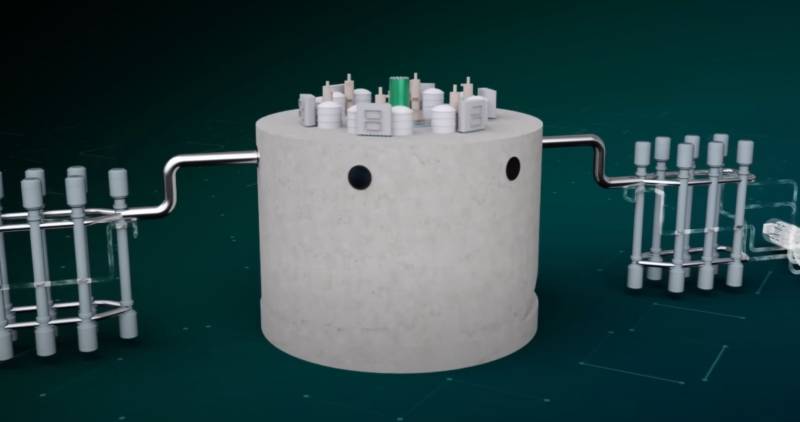
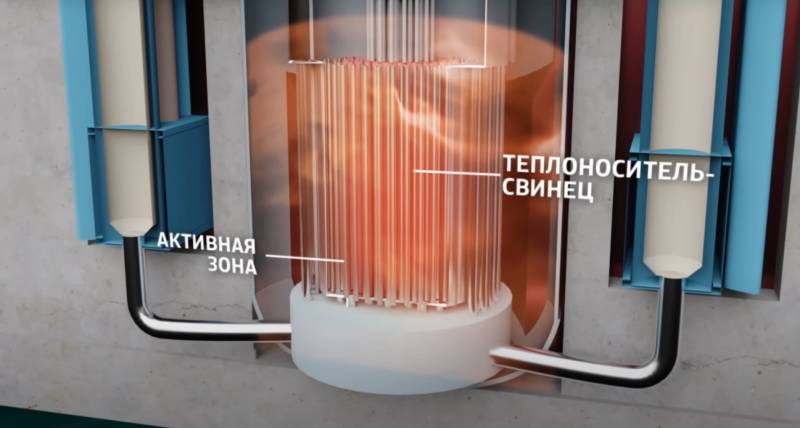
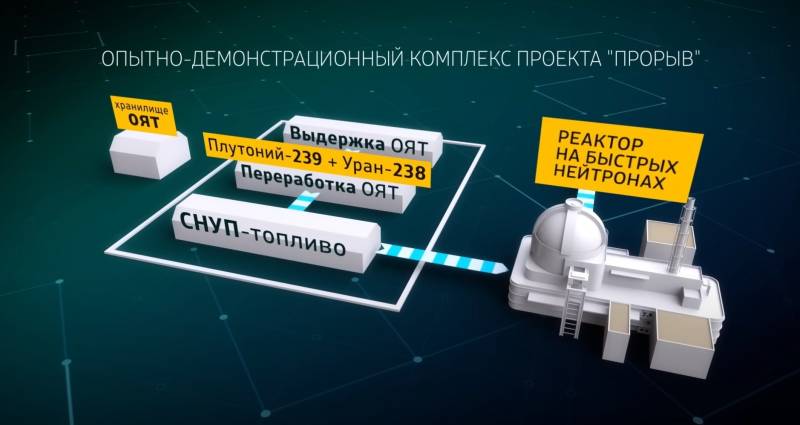
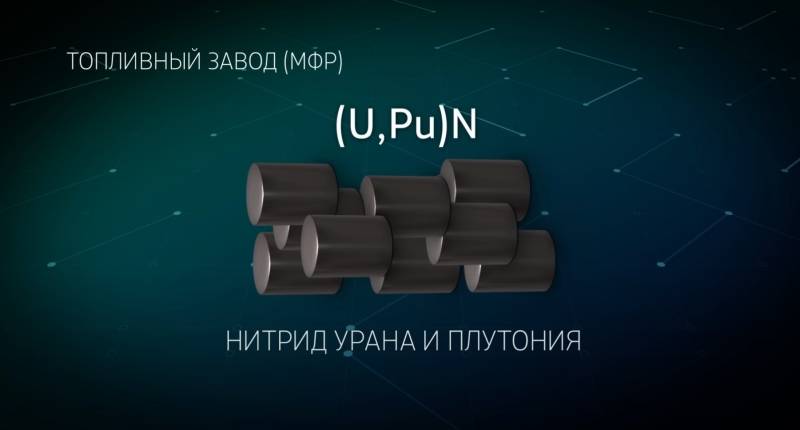
Elements of the project "Breakthrough". Source: youtube.com
Now the prospects for the Proryv project in general and the BREST reactor in particular are limited by a large number of “buts”.
First of all, until this expensive and complex complex is put into operation, it will be impossible to speak of a global renaissance of Russian nuclear energy.
Now everyone is frightened by the possibility of a repeat of Fukushima and Chernobyl, which forces us to work with classic pressurized water reactors on slow neutrons. Which, by the way, are best built by the Russians. But this leads to an inexorable increase in nuclear waste and a gradual depletion of uranium ores.
It will take 10–15 years, or even several decades, before BREST-OD-300 class equipment takes its place on the world energy Olympus. Nothing can be done - such are the terms of technological revolutions in the civilian atom.
Information